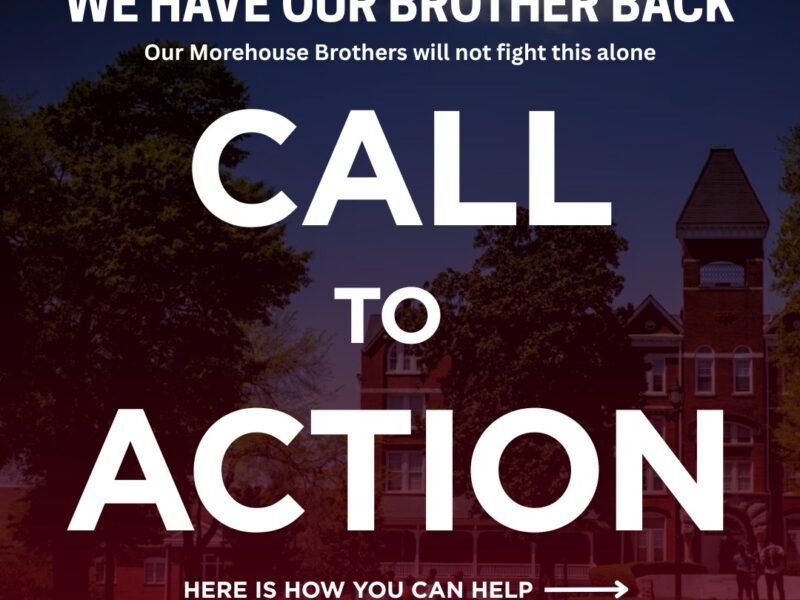Art in the Age of Social Media Activism

By Joshua Burrell, Staff Writer
Social media is a space for people to voice their opinions, speak their peace, and is a contemporary platform for activism. Activism uses organized messages and campaigns to incite both social and political changes. In the age of social media, people communicate with allusions to videos, pictures, memes and popular music; therefore, visual art can be a tool, not only to communicate, but to incite social and political changes in society.
“Art is the first field in this country to be divested from,” co-creator of Black Lives Matter (BLM) Patrisse Khan-Cullors said. “It leads to fascism.”
Historically, art has been an early target for oppressive systems intending to censor citizens. Art has the capacity to translate emotions and messages that can’t exclusively be expressed with prose and protests. Art is one’s physical interpretation of their world and environment and the artist’s expression of identity.
Art is the culmination of every emotion artists intend to convey. In Black culture, art is important for being ours. For so long Black culture has been ridiculed and mocked but ultimately stolen from by other cultures for their benefit. This reinforces the enslavement processes Black ancestry who worked and toiled but weren’t offered the nectar from their labor’s fruit.
It’s time Black people benefit from Blackness!
Black people have worked tirelessly in America only for their productions to be consumed and profited from by other cultures. America has screamed and whispered to Black cultures that our peoples’ work, messages and identities don’t matter, this has lead to the devaluing of Black art and creativity.
“It’s incredibly important for Black people to claim our work,” Cullors said. “If the history we’re given — what we created was for someone else — it’s hard to find value in those things. Us saying, ‘We’re of value.’ is contradictory to the reason we were brought here.
“It’s contradictory to White supremacy.”
Black people should reclaim art for cultural benefit, yet determining what’s art is difficult. Designs and patterns have artistic qualities, but art has a sense of depth. In this context, art must be designated as the honest creative expression of Black identities. This doesn’t mean that Black art has to speak to everyone, because Blackness is not monolithic.
“I want to debunk this idea that art needs to speak to all 4 billion Black people,” co-creator of BLM Damon Turner said. “We need to incubate and build connections with other creative people who may not necessarily be ‘creatives.”
Artistic people, like any group in society, stick together like birds of a feather. The total expression of Blackness cannot come from a single subgroup. Blackness can only be fully expressed through our intersections. An individual heterosexual Black man cannot communicate the identity of a Black woman, let alone a Black girl, boy, or any myriad of queer identities.
Black people know the struggle, but the struggle is not how “we struggle” holistically. Because Blackness is experienced on different levels, Black people must be more open to sharing and accepting each other’s identities beyond superficialities like popularity and clout. Our art is our identity and our identity is contextualized through our trauma.
To create art that translates social and political messages, there must be translations of trauma and compromises between subgroups to understand one another so that everyone, not just specific groups, can be expressed and appreciated.
“We’re trying to change how trauma affects us,” Turner said. “Leverage is key right now! You can leverage an institution in your favor: start with a community, go to a city, and keep building!”
Black Lives Matter has showed people how uncomfortable the world becomes when Black people take agency for themselves and own their narratives.”
“Art creates a counter-culture to the hegemonic culture,” Cullors said. “If we spend the time buying shoes and clothes from popular brands we could also support each other. We’ve used the resources we have to pave the way for the next generation.”
Dominant groups would be dumbfounded and disturbed if Black people across the world used their resources to connect, support and thrive with each other. The first steps have been made!
If Black ancestry has pushed, persevered and positioned us for progress who are we to not follow through? It’s up to us to cultivate safe spaces for Blackness that allow creativity to shape our futures for the better.






